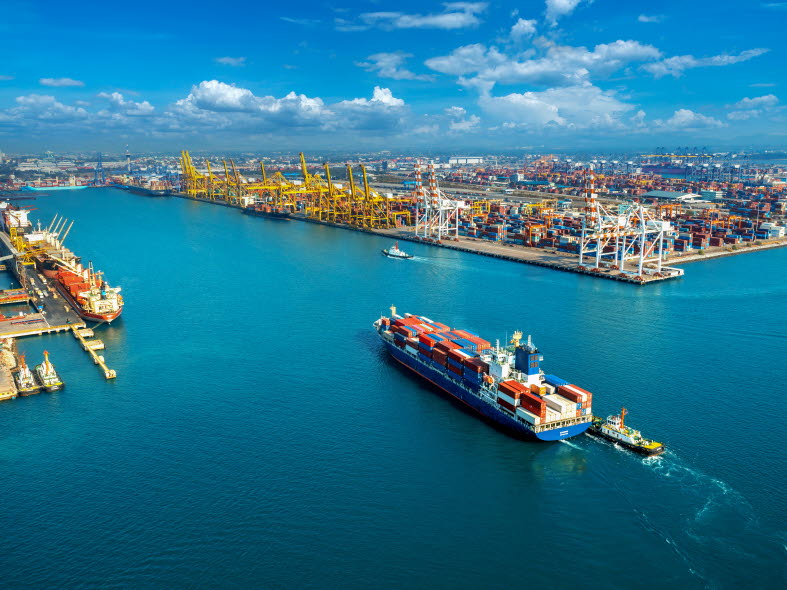SEB sets a net-zero aligned 2030 target for the shipping sector in line with its commitment to the Net-Zero Banking Alliance. This means the emission intensity in the bank’s shipping portfolio must be reduced by 41 per cent by 2030 compared to the base year 2022.
The target covers all lending where ships are used as collateral for the lending, which makes it possible to follow the emission development at the ship level. The financed vessels and the credit exposure covered are the same as those covered by reporting under the Poseidon Principles, the global framework for responsible shipping that SEB signed in 2020.
The sector target is based on the ships’ annual carbon dioxide emissions per freight capacity and distance travelled. This includes all greenhouse gas (GHG) emissions “from well to wake”, i.e. all emissions associated with the extraction and transport of fuel up to and including combustion in the ships’ engines.
SEB undertakes to reduce this credit portfolio’s average GHG emission intensity by 41 per cent compared to the base year 2022.
“The shipping sector faces a major challenge in transitioning to a low-carbon future. This target shows that we and our customers are ready to contribute to the transition. To reach this target, it is necessary that we continuously review our credit portfolio, but above all, that our customers optimise their fleets with new energy-efficient ships, investments in energy-saving devices and technologies, and adoption of low and zero-carbon fuels when available”, says Hans Christian Kjelsrud, Head of Shipping at SEB.
SEB has previously set net-zero aligned targets for six sectors in the credit portfolio under its commitment to the Net-Zero Banking Alliance (NZBA). The 2030 sector targets cover the oil & gas, power generation, steel, car manufacturing, Swedish household mortgage and heavy vehicle manufacturing sectors.
Together with the new target for shipping, 77 per cent of the bank’s financed emissions in 2022 are thus covered by 2030 net-zero aligned sector targets.
“The sector targets are important in achieving a credit portfolio with net zero emissions by 2050 or earlier. We have now set clear goals for the sectors where we can achieve the greatest positive impact. As for the other sectors, we will evaluate the need for additional targets”, says Hans Beyer, Chief Sustainability Officer at SEB.
About SEB's sector targets

